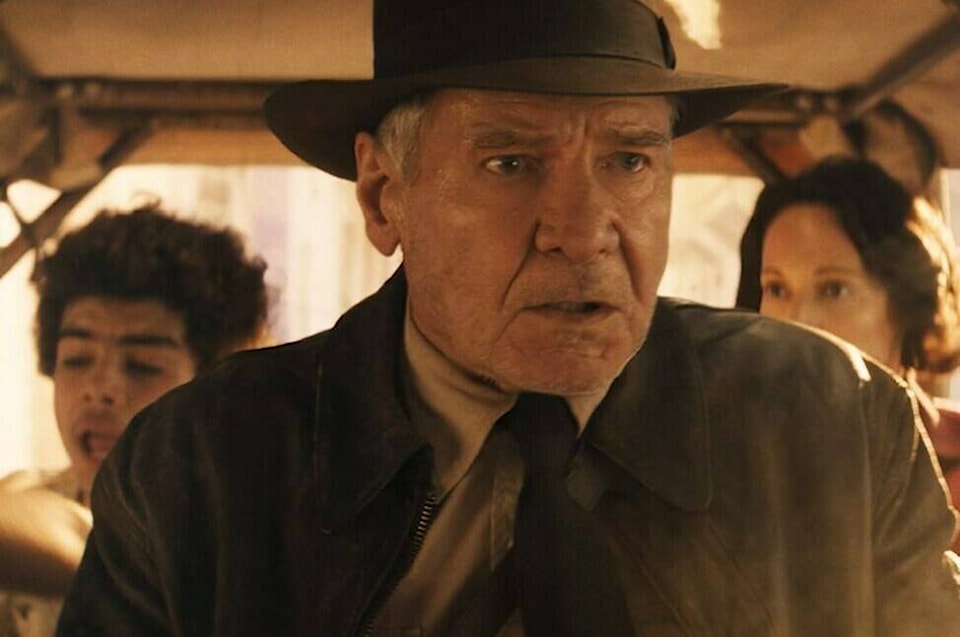Harrison Ford’s last Indiana Jones movie concluded with many of the same elements as the first film in the series more than four decades earlier.
As with the 1981 film, Raiders of the Lost Ark, the 2023 film, Indiana Jones and the Dial of Destiny included plenty of fast-paced action chase scenes in exotic locations and dangerous creatures in the search to find an archaeological treasure.
And in both films, the villains are Nazis.
Why Nazis?
From 1933 to 1945, Germany was a totalitarian regime under Nazi rule. Raiders of the Lost Ark, set in 1936, takes place during this period. Indiana Jones and the Dial of Destiny opens in 1944, but most of the story is set in 1969, long after this regime had ended. Still, a Nazi is one of the main characters in this story.
READ ALSO:
READ ALSO:
Nazi Germany and the Second World War from 1939 to 1945 are part of history, not contemporary news.
In 1969, when the final Indiana Jones movie takes place, there were plenty of totalitarian nations.
Dictators at that time included Alfredo Stroessner in Paraguay, Ho Chi Minh in Vietnam, Kim Il Sung in North Korea and others. And in the decade following, totalitarian rulers included Augusto Pinochet in Chile, Idi Amin in Uganda, Pol Pot in Cambodia and many others.
Totalitarian governments also exist today, but they do not necessarily resemble those in place in the 1960s and 1970s, let alone the 1930s and 1940s.
The world has changed and whatever the future brings will not be a duplicate of the Second World War. Technological changes alone have altered the way wars are fought today. Terrorist organizations today have also affected the shape of warfare and global tensions.
Brutality was not limited to the Second World War or the era of Nazi Germany.
Still, this period of history continues to provide plenty of fodder for novels and films. It also plays a part in our popular culture today. There are a lot of references to this war, often to the exclusion of other important parts of the 20th century.
The Second World War was the most destructive war in recorded history.
The death toll is estimated at between 70 million and 85 million. But it is not the only time people have gone to war.
An estimated 17 million people were killed in Nazi death camps.
They included around six million Jews as well as millions of Roma, people with disabilities, communists, socialists, Jehovah’s Witnesses and homosexuals.
But since the end of that war, genocides and extermination efforts have been part of other wars and totalitarian regimes.
While it is important to remember this period of history and the atrocities of this war, more recent wars, conflicts, genocides and other brutalities must not be ignored. Wars and military actions have played out time and again since the Second World War ended in 1945.
The ongoing war in Ukraine is unfolding around us. This alone has far-reaching effects and is altering our world. Oppressive regimes in Afghanistan and elsewhere, the ongoing conflict in Syria and other incidents are affecting the lives of millions of people.
These things are happening right now.
Putting the focus on a global war from eight decades ago takes attention away from present-day atrocities.
John Arendt is the editor of the Summerland Review.
To report a typo, email:
news@summerlandreview.com.
news@summerlandreview.com
Like us on and follow us on .



